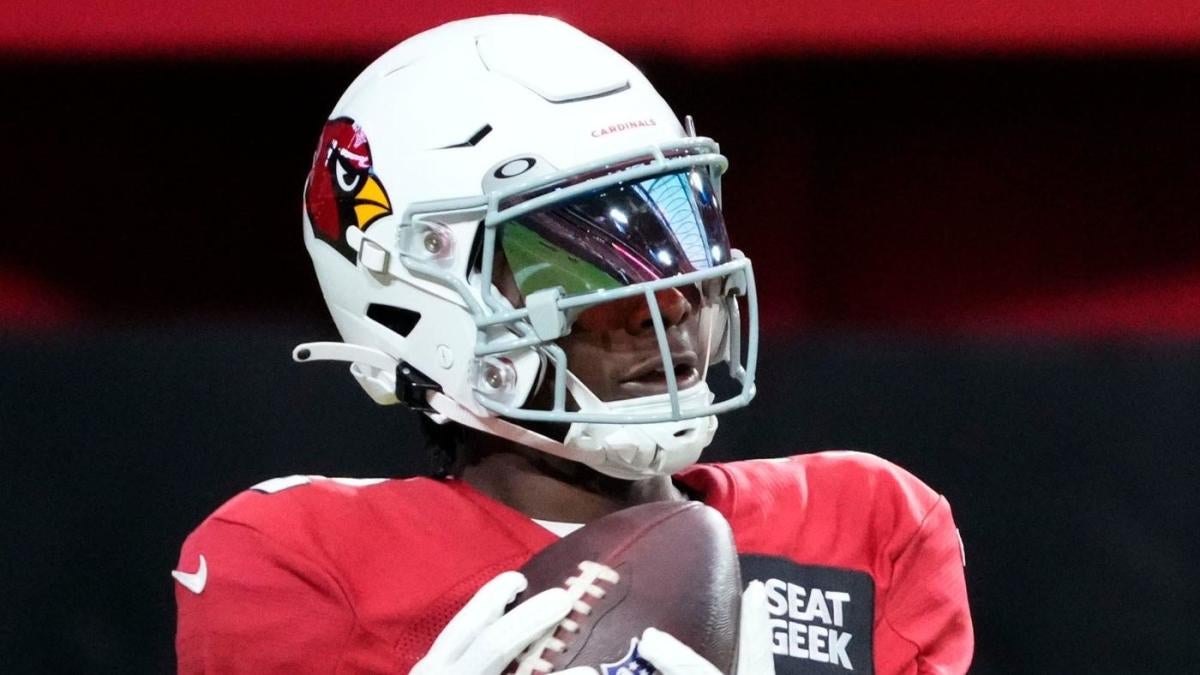

You can turn this feature on by tapping the NFC button in the control center and hold your iPhone near an NFC tag to trigger an action. So if you own an iPhone 7 or newer, you no longer need a third-party app to read NFC tags. Starting with iOS 14, the “NFC Tag Reader” function is available by default to all users who have at least an iPhone 7. Accordingly, the following iPhone models feature an NFC chip: iPhone 6, iPhone 6 Plus, iPhone 6s, iPhone 6s Plus, iPhone SE (1st & 2nd gen.), iPhone 7, iPhone 7 Plus, iPhone 8, iPhone 8 Plus, iPhone X, iPhone XS, iPhone XS Max, iPhone XR as well as the iPhone 11 and iPhone 11 Pro (Max) How to use NFC on the iPhoneĭepending on the iPhone model, there are different ways to use the NFC function. Which iPhones are NFC-enabled?Īlthough the first NFC-enabled smartphones were released in 2008, Apple only started to equip all newer iPhone models with an NFC module since the iPhone 6. This could be, for example, product information on specific products in the supermarket or information on exhibits in the museum. There are NFC tags, for example, in the form of small stickers that contain an NFC chip that can be described with various information. However, with NFC, only small amounts of data written on electronic tags (so called NFC tags) that are attached to physical objects can be transferred.

Since the successful exchange of data requires the immediate proximity of transmitter and receiver, NFC is particularly secure because it’s more difficult to spy out the device. Nevertheless, the functionality can be explained quickly: NFC is a radio technology that enables data to be transmitted between devices over a short distance – a maximum of 1,6 in – and is therefore similar to the well-known Bluetooth technology. Yet, many users still have no clue what it means and how to use it. NFC is one of those terms that Apple brings up with every new iPhone. 4 How to create a Shortcuts automation via NFC?.


 0 kommentar(er)
0 kommentar(er)
